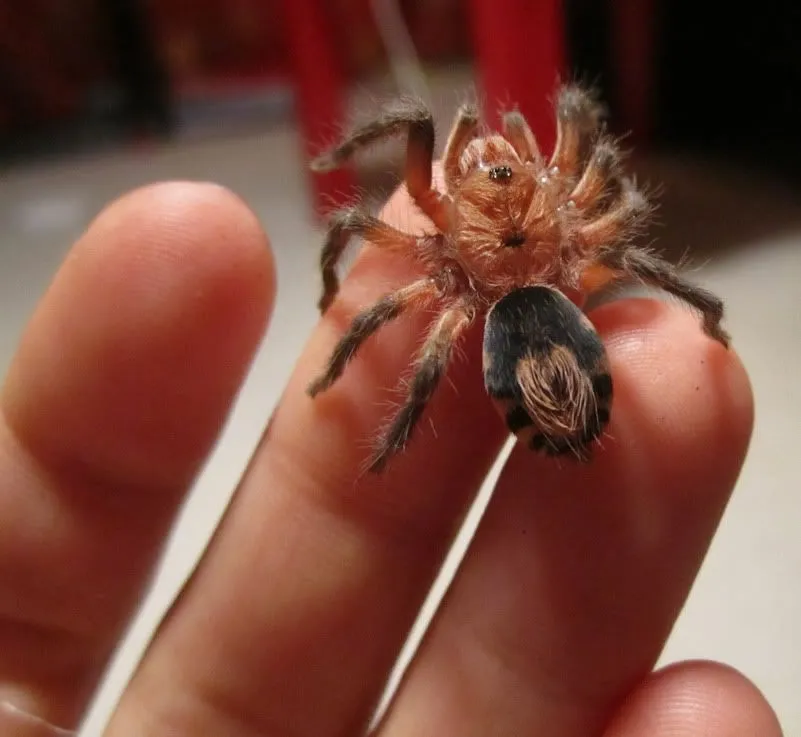Tevo Tarantula vs. Anet A8 Overview
Choosing your first 3D printer can be a daunting task, with a plethora of options available in the market. Two popular choices for hobbyists and beginners are the Tevo Tarantula and the Anet A8. Both printers offer a budget-friendly entry point into the world of 3D printing, but they differ significantly in terms of features, build quality, and overall user experience. This showdown will delve into a detailed comparison of the Tevo Tarantula and the Anet A8, highlighting their specifications, advantages, and disadvantages, to help you make an informed decision. We’ll explore what each machine brings to the table, examining their strengths and weaknesses, and guide you in selecting the printer that best suits your needs and aspirations in the realm of 3D printing.
Tevo Tarantula Specifications
Print Volume and Dimensions

The Tevo Tarantula offers a respectable print volume, providing ample space for creating various 3D models. Typically, the print volume is around 200 x 200 x 200 mm, which is sufficient for a wide range of projects, from small figurines to functional prototypes. The printer’s overall dimensions are relatively compact, making it suitable for placement on a desk or workbench. This balance of print volume and physical footprint makes the Tevo Tarantula a practical choice for users with limited space, while still allowing for a good degree of creative freedom in their 3D printing endeavors. This ensures it’s usable for all your designs.
Frame and Build Quality
The Tevo Tarantula usually features an aluminum frame, offering a sturdy foundation for its operation. This frame is crucial for ensuring stability during the printing process, minimizing vibrations, and improving overall print quality. While the frame design is generally robust, the assembly can be a bit involved. Properly assembling the frame and ensuring all components are securely fastened is vital for achieving optimal printing results. The build quality, while decent for its price point, may require some adjustments and upgrades over time to enhance its performance and longevity. Attention to detail during assembly and periodic maintenance are key to getting the best out of your Tevo Tarantula.
Extruder and Hotend
The Tevo Tarantula often comes with a standard extruder and hotend setup, typically supporting a variety of filament types such as PLA, ABS, and PETG. The extruder is responsible for feeding the filament into the hotend, where it is melted and extruded onto the print bed. The hotend’s performance is critical for achieving accurate and consistent layer adhesion. While the stock hotend is functional, users may consider upgrading to all-metal hotends for higher temperature capabilities and improved print quality, particularly when working with advanced filaments. Careful calibration of the extruder and hotend settings, along with regular maintenance, is essential for preventing clogs and ensuring smooth, reliable printing.
Anet A8 Specifications
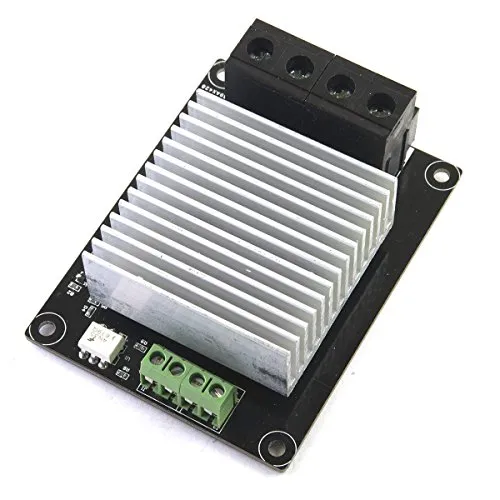
Print Volume and Dimensions
The Anet A8 offers a comparable print volume to the Tevo Tarantula, providing similar dimensions for printing your 3D models. The typical build area is also around 220 x 220 x 240 mm, which is suitable for many projects. The printer’s dimensions are also compact, making it a good fit for home use and smaller workspaces. Despite the compact size, the available print area allows for reasonably large prints, making it versatile for different types of projects. The overall size of the Anet A8 ensures it’s usable for all your designs and projects.
Frame and Build Quality
The Anet A8 is constructed with an acrylic frame, which is known for being less rigid than aluminum frames. This can sometimes lead to vibrations and potentially impact print quality, especially at higher printing speeds. The build quality of the Anet A8 has been a subject of discussion, with some users reporting issues with stability and durability. Proper assembly and reinforcement, such as adding frame supports, are often recommended to improve its performance. Despite these concerns, the Anet A8’s affordability makes it an attractive option for budget-conscious users who are willing to invest time in adjustments and upgrades.
Extruder and Hotend
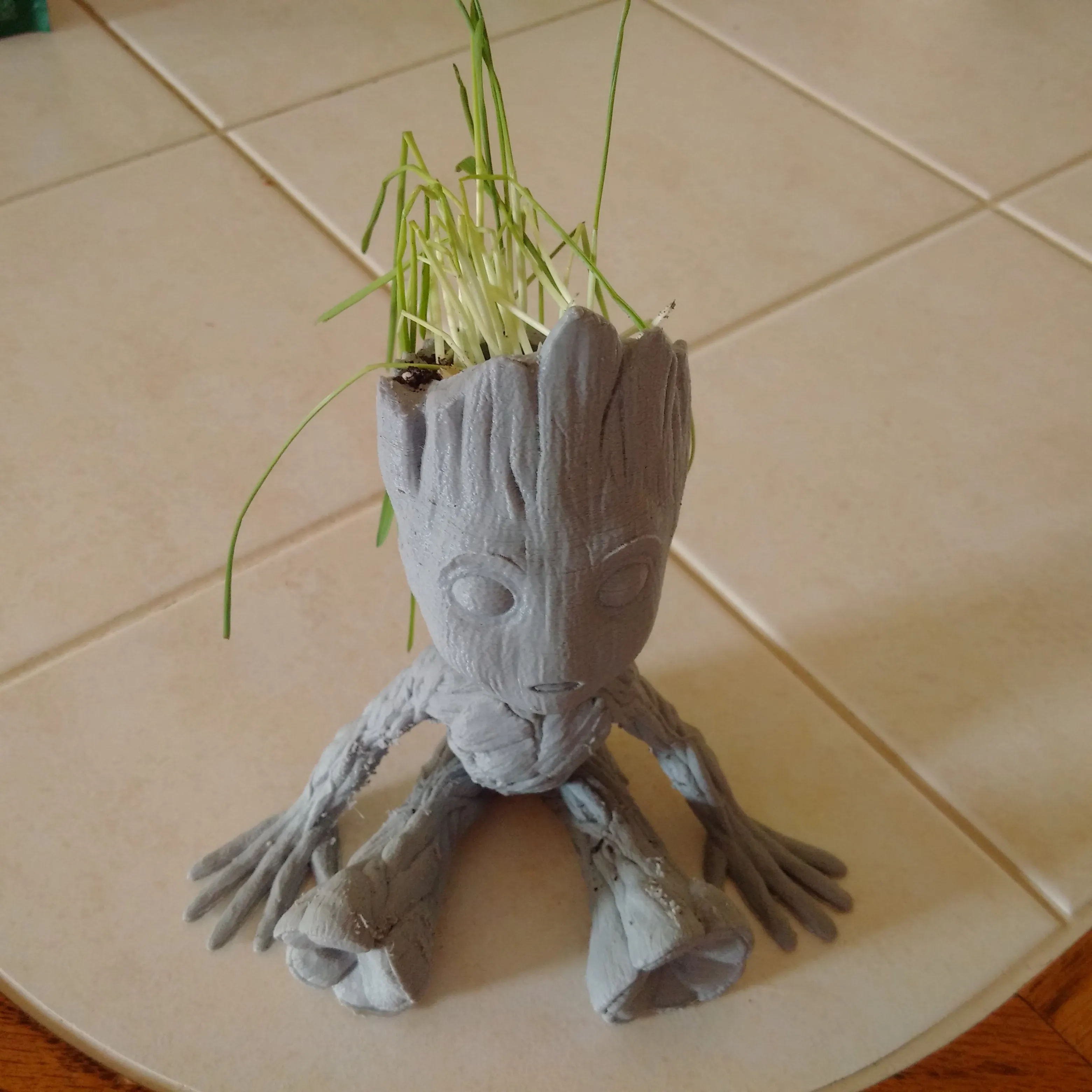
The Anet A8 is equipped with a standard extruder and hotend, similar to the Tevo Tarantula. The extruder feeds the filament into the hotend, where it is heated and extruded onto the print bed. The stock hotend typically supports common filaments like PLA and ABS. However, the Anet A8’s hotend may have limitations, and users may consider upgrading to improve temperature control and print quality. Just like with the Tevo Tarantula, proper calibration and maintenance of the extruder and hotend are crucial to prevent clogs and ensure reliable printing performance. Upgrading to all-metal hotends can provide better reliability and temperature handling, which can be useful for specific filaments.
Tevo Tarantula Advantages
Ease of Assembly
The Tevo Tarantula generally offers a more straightforward assembly process compared to the Anet A8. Its modular design and pre-assembled components make the setup process easier and less time-consuming, which can be a significant advantage for beginners. This user-friendly approach allows users to get started with 3D printing more quickly. The simplified assembly also reduces the chances of making errors during setup, making it a good choice for those who prefer a less complicated initial experience. The easier assembly lets users spend more time printing.
Upgradability and Customization

The Tevo Tarantula provides extensive opportunities for upgrading and customization, allowing users to enhance its capabilities and tailor it to their specific needs. Many upgrades are available, including all-metal hotends, improved bed leveling systems, and upgraded control boards. This flexibility empowers users to continuously improve their printer’s performance and adapt to evolving printing technologies. The availability of community-created modifications and upgrades also contributes to its appeal, providing users with a wealth of resources to refine their 3D printing experience and personalize their printer. The option to add upgrades helps to solve some of the disadvantages.
Print Quality and Speed
The Tevo Tarantula generally offers better print quality and speed compared to the Anet A8. The sturdy frame, coupled with a well-calibrated setup, contributes to more accurate and detailed prints. The printer’s ability to handle various filaments efficiently allows for faster print times without sacrificing print quality. Users often report smoother surfaces and finer details in their prints, making it a good choice for projects that require a higher level of precision and finish. With upgrades, print quality can be significantly improved.
Anet A8 Advantages
Cost Effectiveness
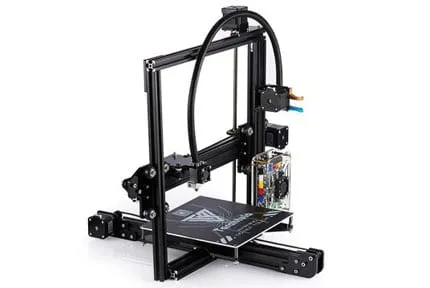
One of the most significant advantages of the Anet A8 is its cost-effectiveness. It’s often available at a lower price point than the Tevo Tarantula, making it an attractive option for budget-conscious beginners. This affordability allows more people to enter the world of 3D printing without a significant initial investment. While the Anet A8 may require additional investments in upgrades to achieve the same level of performance as the Tevo Tarantula, its lower initial cost remains a strong selling point, particularly for those new to the hobby.
Large Community and Support
The Anet A8 benefits from a large and active community of users and enthusiasts. This widespread community provides a wealth of resources, including tutorials, forums, and troubleshooting guides. This extensive support network is invaluable for beginners who need assistance with assembly, calibration, or troubleshooting. The community’s collaborative nature allows users to share tips, modifications, and solutions to common issues, making the learning curve less steep. A large community also helps in sourcing spare parts and other accessories.
Availability of Spare Parts
The Anet A8 has excellent availability of spare parts and replacement components. This is crucial for keeping the printer running smoothly and addressing any issues that may arise. The wide availability of parts minimizes downtime and makes it easier for users to maintain and repair their printers. This aspect contributes to the printer’s overall longevity, ensuring that it remains a viable option for longer periods. The ease of finding spare parts is a significant advantage, especially for beginners who might lack the experience to troubleshoot more complex problems.
Tevo Tarantula Disadvantages
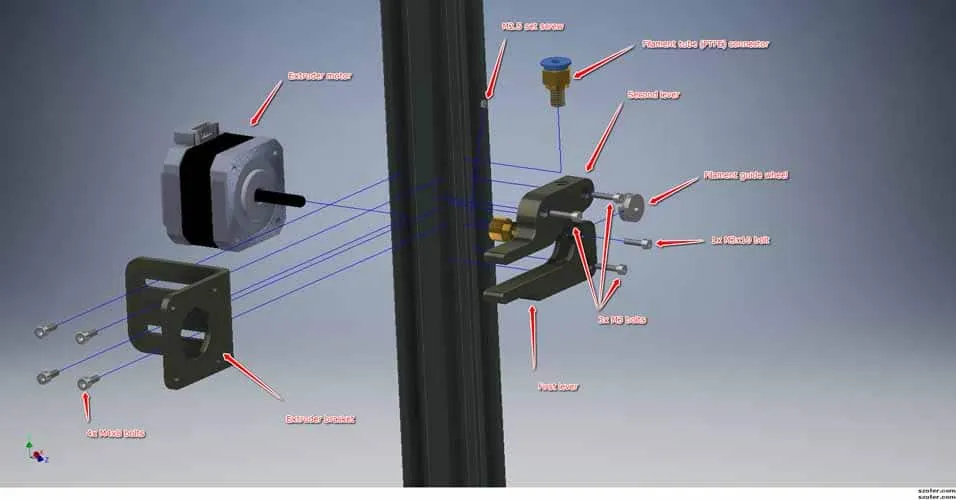
Assembly Complexity
While the Tevo Tarantula has a generally easier assembly, the initial setup can still be more complex compared to other printers. Users may need to spend more time aligning components and calibrating the printer to ensure optimal performance. This more involved assembly process can be a deterrent for beginners, who may prefer a more straightforward, out-of-the-box experience. The potential for assembly errors highlights the need for careful attention to detail and adherence to the manufacturer’s instructions during the initial setup.
Firmware and Software Issues
Some users have reported firmware and software-related issues with the Tevo Tarantula, which can affect print quality and the overall user experience. The firmware may require updates or modifications to optimize the printer’s performance. While these issues can often be resolved through community-provided solutions, they can be frustrating for users who are not technically inclined. Keeping the firmware up-to-date and using compatible slicing software are important factors in mitigating these potential problems.
Anet A8 Disadvantages
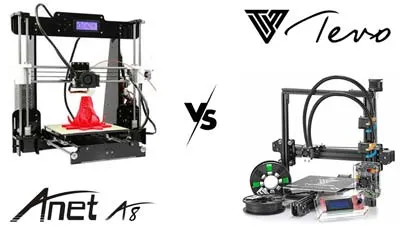
Safety Concerns
The Anet A8 has been associated with safety concerns due to its acrylic frame and open design. There have been reports of overheating and potential fire hazards if the printer is not assembled and maintained properly. Therefore, users must take extreme care during assembly and operation, ensuring that all components are securely connected and that the printer is not left unattended during printing. Upgrading to a better power supply is highly recommended to address this safety concern. Proper maintenance and awareness of potential hazards are essential for safe operation.
Build Quality Limitations
The Anet A8’s acrylic frame can be less sturdy than aluminum frames, which can lead to vibrations and affect print quality. The build quality of the printer is generally considered to be less robust, and the frame may require reinforcement or upgrades to improve stability. The use of an acrylic frame instead of a more stable material can impact the printer’s overall performance. Users may need to invest additional time and effort in modifying or reinforcing the frame to achieve consistent results. Building quality is a factor.
Print Quality Limitations
Due to its build quality and frame design, the Anet A8 might experience limitations in print quality compared to more advanced printers. Users may need to spend more time calibrating the printer and fine-tuning settings to achieve satisfactory results. While it can produce acceptable prints, the Anet A8 might not be as capable of handling intricate designs or printing at very high speeds. The print quality may be limited by its less robust frame and construction. However, with proper setup and adjustments, decent results can still be achieved, especially for beginners.
Tevo Tarantula vs. Anet A8 Which Printer to Choose?
Considerations for Beginners
For beginners, the Tevo Tarantula offers a balanced blend of ease of use, print quality, and upgradability, making it a good starting point. Its more straightforward assembly and better print quality out of the box can reduce the learning curve. The Anet A8, while more affordable, may require more hands-on experience in assembly and troubleshooting. New users should consider their comfort level with technical aspects and their willingness to invest time in learning the intricacies of 3D printing. User-friendly interface and great community support is good for beginners.
Considerations for Experienced Users
Experienced users seeking higher performance and greater customization options might prefer the Tevo Tarantula. The printer’s upgradability and the ability to fine-tune settings make it appealing for those who enjoy experimenting and improving their prints. The Anet A8, with its established community and readily available spare parts, can also be a good choice for experienced users who are willing to invest in upgrades and modifications. Ultimately, the choice depends on individual preferences, project requirements, and the level of involvement desired in the 3D printing process.
In conclusion, both the Tevo Tarantula and Anet A8 are viable options for those entering the world of 3D printing. The Tevo Tarantula is a good choice for those who want better print quality and a smoother user experience. The Anet A8 is a good budget-friendly option. By carefully considering the advantages and disadvantages of each printer, users can choose the one that best fits their needs and embark on a rewarding journey into 3D printing. Understanding the strengths of each machine will help users in the best option for themselves. Consider the print and frame quality.
